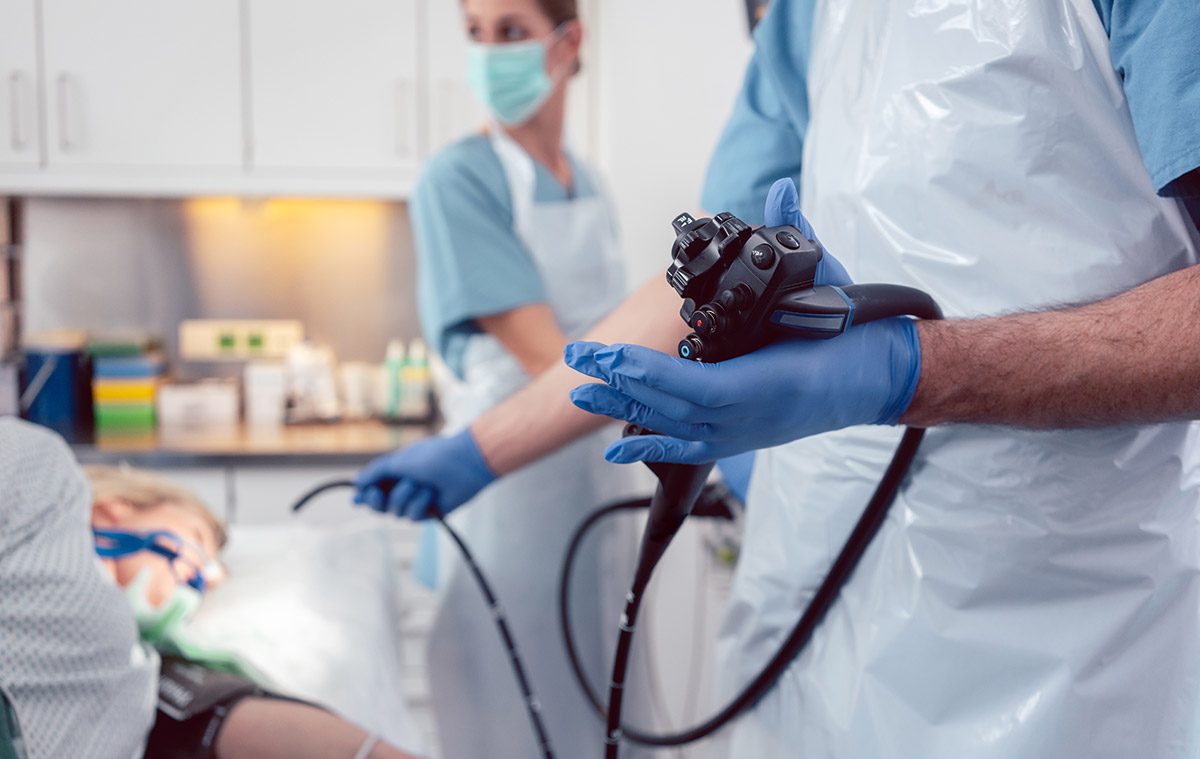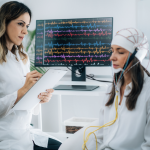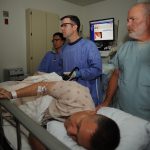
What is a gastroscopy?
Gastroscopy, also known as upper endoscopy, involves using a thin flexible tube (endoscope) to examine the upper digestive tract.
The tube is inserted into the mouth and travels down the food pipe (oesophagus), then into the stomach and first part of the small intestine (duodenum), to view these areas.
The endoscope contains a light and video camera that transmits images to a monitor, where they can be seen by a doctor.
When is a gastrosopy needed?
Gastroscopy is usually done to investigate symptoms such as indigestion, nausea, or difficulty swallowing. It can show if there is inflammation, an ulcer or a polyp or other growth.
Sometimes gastroscopy is performed to treat conditions, such as bleeding ulcers, or to widen a narrow oesophagus (known as dilatation), or to remove a foreign body. Doctors can take tissue samples (biopsies) of anything unusual they see, and can remove polyps.
How do I prepare for a gastroscopy?
If you are having a gastroscopy, you will need to have an empty stomach so the doctor can see clearly and so you do not vomit. You should not eat or drink for 6 hours beforehand — your doctor will advise you about the specific details before the procedure. You should also discuss with your doctor when to take any regular medicines, and if you have any allergies or other medical conditions.
What can I expect after the procedure?
If you are having a gastroscopy, you will usually have a light sedation. It usually takes 15 to 30 minutes. You may feel drowsy, and you might feel bloated from air introduced during the examination. You will probably not remember anything about the procedure.
You are usually allowed to eat and drink after the procedure, but you should not drive, travel alone on public transport, operate machinery, sign legal documents, or drink alcohol for the next 24 hours. You should have a friend or relative take you home. You may need to make an appointment with your doctor to discuss the results of your examination or any biopsy results.
Complications of a gastroscopy
Gastroscopy is a safe procedure and serious complications are rare.
Complications are extremely uncommon, but it is possible for the stomach or bowel to be punctured. This is more likely when the gastroscopy involves a surgical procedure such as the removal of polyps or a biopsy. Bleeding may occur if a blood vessel is accidentally damaged, or the lining of the digestive tract is torn. Such damage may need further surgery to repair. In very rare cases, there may be complications from infection or sedation.
Contact your doctor or the hospital straight away if you have any symptoms that worry you after the gastroscopy, such as:
- fever
- worsening pain in your throat, chest or tummy
- difficulty swallowing



